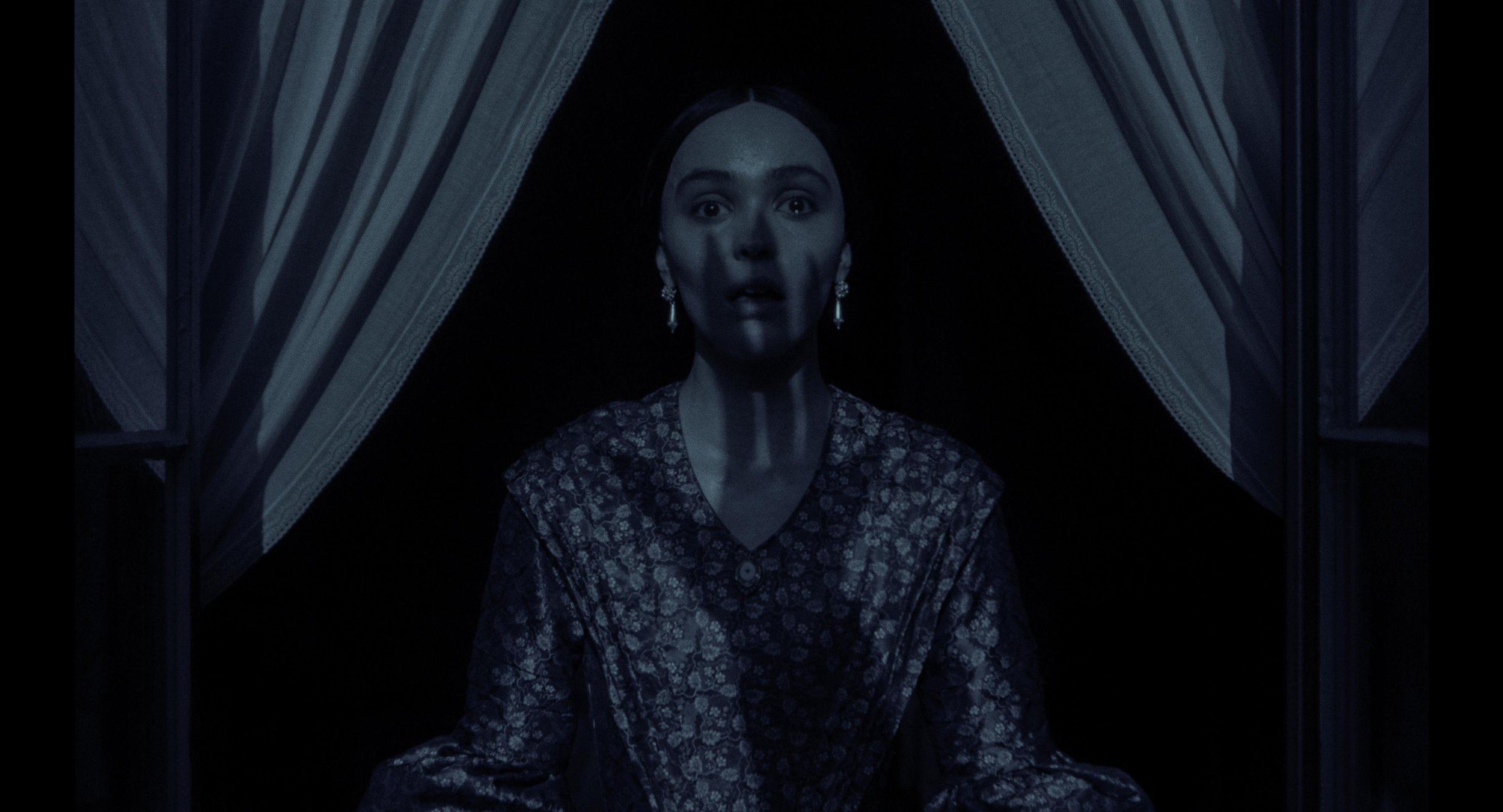
Nosferatu in Colour
An essay on how Robert Eggers uses colour in his 2024 Nosferatu re-imagining.
The craziest thing about sharing your life with another person - is forcing them to watch all the strange and interesting films and TV shows on your list. And so, while suitably inebriated at a New Year’s Day dinner, I announce to my partner that we are going to see Nosferatu in the cinema, and we will be going the following evening. Tickets were booked and any discussion over the matter could be had at a more sober time - yay Jack.
I have been entranced by Eggers’ filmmaking since ‘The Witch’ premiered in 2015 at the Sundance Film Festival, causing such a stir in the horror community that even non-horror fans called him one to watch. Since then, Eggers has gone from strength to strength in his historical horror film directing and needless to say, when ‘Nosferatu’ hit the cinemas over in the States at Christmas it became number one on my ‘To-Watch’ list.
Eggers did not disappoint.
Most memorable for me, is the first shot of Orlock’s castle and those following as Thomas arrives inside. Most of the scenes in which we see Orlock are bereft of any colour at all he drains the colour, and in turn, the life from the people who surround him. Most of the scenes in which we see Orlock are bereft of any colour at all he drains the colour, and in turn, the life from the people who surround him.
There are a few exceptions to this, most notably Ellen and her lilacs along with the Harding family. After Thomas’ departure, and Ellen’s move to permanent houseguest - the colour slowly starts to drain from their lives. Ellen’s plague and the internal presence of Orlock in her mind reaps its devastation on the Harding family- ultimately leading to the untimely death of the family as a whole.
From the offset, the film promised to be unique in its approach to this classic story. Where the story remains consistent throughout retellings, the visual storytelling that Eggers implements during this film’s run time is one of the best in the last decade. Paying homage to the original black-and-white version of Nosferatu from 1922, the colour grading in this recent adaptation mimics its predecessor in the form of monotone shots and a small but impactful palette in various scenes.
My favourite use of colour however is via Ellen and the use of lilacs. There are many meanings for lilacs throughout history including hope, renewal, youth, love, and passion. These motifs stick with Ellen during her journey, starting with calling for a presence to ease the ache of loneliness in her youth to her sacrifice. Her dreams of Orlock involve her marriage to death surrounded by the smell of lilacs, her house has lilacs throughout, her dresses are the colour of lilacs, and as she waits for Orlock on the final night in her wedding dress - she holds a bouquet of lilacs. The purple flowers are one of the few bright and lively colours seen throughout this film and one of the few moments of brightness allowed in Ellen’s life, and one of the few allowed that remain in her death.
‘Nosferatu’ has some incredible visuals that aren’t surprising from a powerhouse like Eggers but welcome nonetheless. In an age of under-saturation in film, Nosferatu takes a monochrome palette and makes a beautiful and haunting story.





